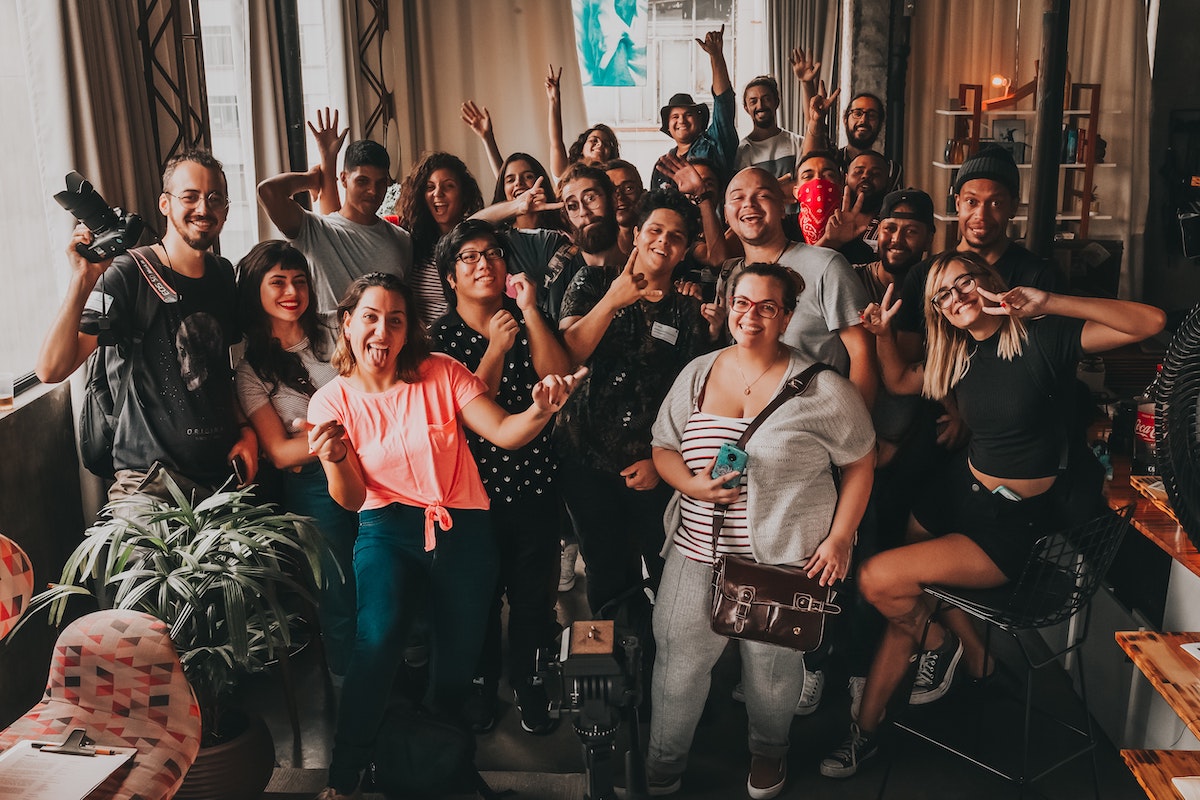As a CEO, there are many things you need to be an expert in, but you can’t be an expert in everything. You must rely on the expertise in the organization to create the right strategy and make the right decisions. But one area where it pays for you to have greater expertise is social psychology – to understand just what it is that makes people tick.
Every CEO knows that people are their greatest assets. Even with advances in AI, it is still humans that get things done. Understanding what makes people tick, and what helps them to tick over better at work, is an important part of the CEO’s toolkit.
By leveraging basics of human motivation, you can make work more appealing, be more influential and achieve higher levels of performance.
Motivation is fundamental to influencing others

To increase your influence, ensure that the messages people get from senior leaders and HR policies about their worth are consistently motivating. Expertise in human motivation will help you sort through its complications, because motivation isn’t a one-size-fits-all proposition, and there are many factors that can influence a person’s motivation at any point in time.
Prioritizing what you need from people means you can identify which motivation to leverage.
Here’s a quick rundown on the science of human motivation. According to Professor Boris Groysberg, there are four primary human motivations that drive everyone’s behavior, from the executive suite to the shop floor, from the start of a career to its end.
The four motivations are:
- Status – acquiring things, both tangible and intangible, gaining rewards, competing – you need people to bring energy to work and who strive to succeed.
- Belonging – caring for others, forming bonds and committing to others – you need people who want caring, cooperative colleagues they can work with and support.
- Mastery – understanding the world, satisfying curiosity and learning – you want people to thrive on challenge, learning and creativity.
- Protection – defending against threats, creating safety and promoting justice – you want people who will speak up and take moderate risks.
The contradictory nature of human motivation
Each of two pairs of motivations have opposing forces. Your role is to keep them in equilibrium. The advantage that the drive for status brings is that it promotes excellence and achievement, yet it also creates competition. Taken to the extreme, it results in tough, dog-eat-dog environments.
Belonging is a good counterbalance to this. Caring for others creates strong bonds and means that people support each other and collaborate. Too much belonging, though, gets too cozy, leads to groupthink and avoidance of healthy tension.
The role of the leader is to moderate these opposing energies, identifying when the motivation for each might be prioritized and what the best balance is for the organization’s current needs.
Motivations for mastery and protection interplay in a similar way. Being curious and able to understand the world helps both individuals and, in turn, organizations to learn, adapt and survive. Reckless exploration, however, consumes energy that distracts from the here and now. Too much protection and silos become impregnable and defensiveness turns into paranoia.
A level of protection is necessary. Unwarranted or hostile attacks must be defended against, people must be safe from harm and believe that decisions are fair. When the motivation for creative new solutions is balanced by the motivation for safety, risk is managed well and the barriers between people are permeable and support mutual learning.
Four levers of motivation CEOs can harness

Leveraging status means managing performance well, ensuring there are clear, high expectations for performance and making sure that people are recognized and rewarded for their performance.
This probably seems like familiar territory, but it is incredibly difficult to get it right. Some of the basics, like job descriptions and clear KPIs ought to be pretty standard, but aren’t as common as you might expect.
To manage people’s motivation for status, it’s critical to differentiate good performance from average and poor performance, and to not play favorites.
I frequently hear examples of managers whose hands are tied “performance managing” a non-performer: this is an area where CEOs can focus more attention to lift motivation among those who perform well.
We’ve come a long way over the last few years in understanding why a sense of belonging is critical – yes, it’s a core motivation. There’s still debate about whether hybrid work supports or interferes with belonging, collaboration and teamwork and it’s an important one. Late last year, a survey showed that quite a few Australian CEOs will be promoting an increased amount of time in the office in 2023 to increase collaboration and wellbeing.
The conclusion that author Ticky Fullerton drew in her analysis of the survey results was that “CEOs are realizing that too many days working from home is eating away at their workplace culture, often at an intangible level that cannot be measured easily”.
The balance between “status” and “belonging”
Getting the balance right between status and belonging includes managing how much time people are expected to spend working on their own versus working together, and this is a much more important focus for your attention than whether or not people are in the office.
Tactics to increase protection include over-communicating what is going on in the organization, so people aren’t blindsided, sharing plenty of positive news and encouraging people to speak up.
People need task and accountability clarity, to know what is expected of them and to understand how the work they do contributes to the organization and its success.
If you need to increase motivation for mastery, make sure everyone’s job has that clarity, as well as strong meaning and purpose, the right level of autonomy to feel empowered and good opportunities for curiosity, learning and challenge.
There’s any number of HR programs that will bring these motivations to life. To make sure you have the right ones, and that they are articulated clearly so that workers and leaders understand what they mean for them, can be made so much easier if you take a social psychology approach.
With good insight into human motivation, your people leadership task as CEO is twofold:
- Role model and manage these motivations with your own team; and
- Critically assess how well your policies do what you need them to do – that is, to motivate everyone with the right levels of achievement and collaboration, innovation and protection.
Dr. Karen Morley is a highly sought after Executive Coach, an authority on leadership coaching and a thought leader on gender and inclusion. She has led a broad range of leadership development, succession and talent management assignments in the past.







